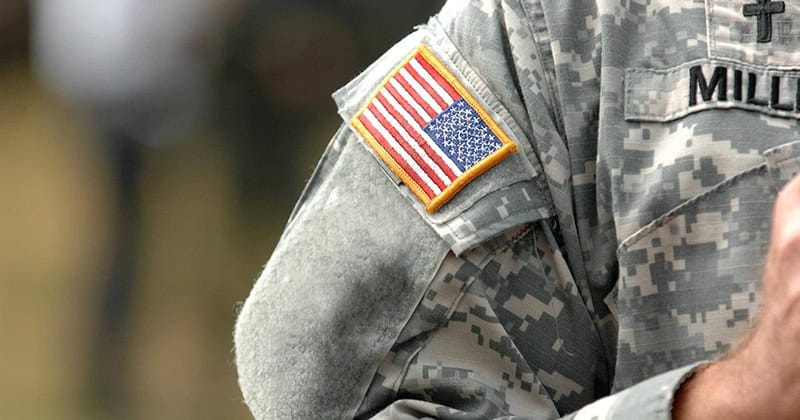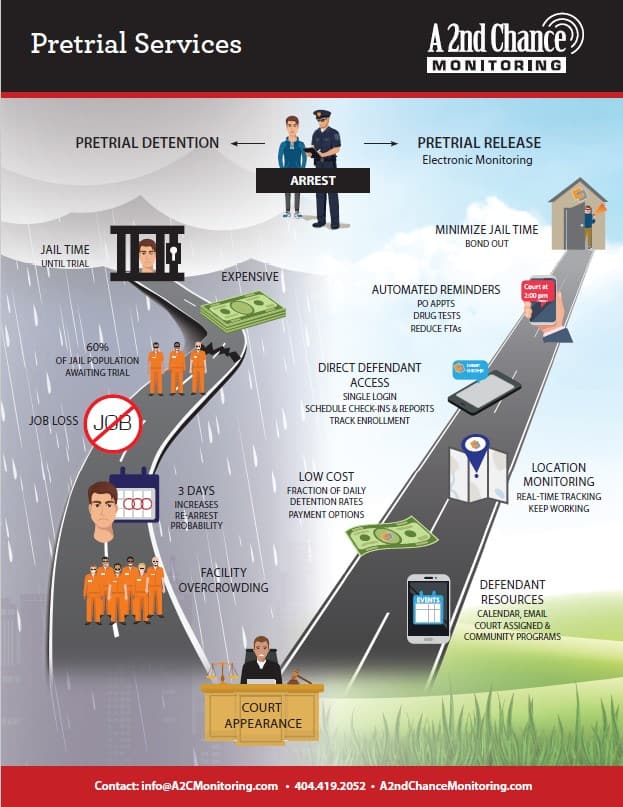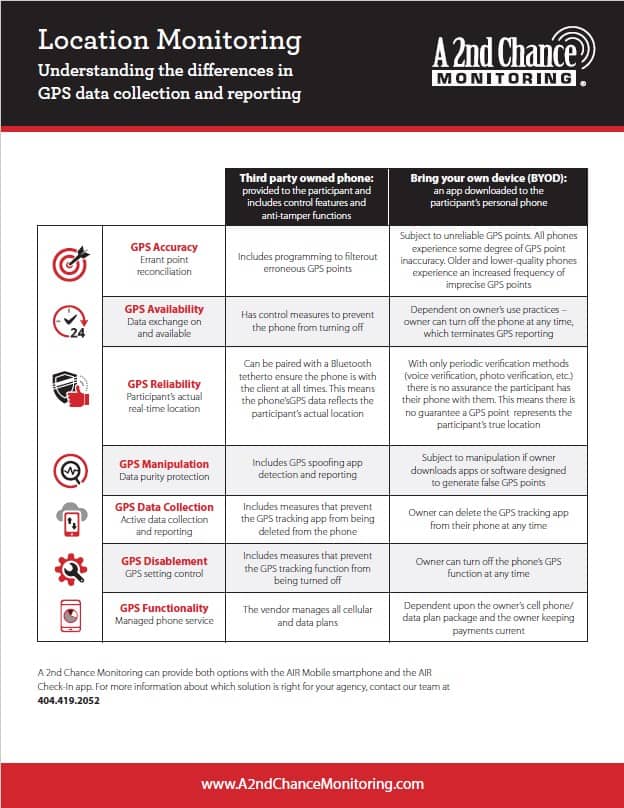Many military professionals don’t have support when they transition to full-time civilian life. As a result, some experience severe symptoms of PTSD and get caught up in substance abuse struggles that land them in front of a judge.
With a rising number of veterans self-reporting that they’ve been arrested at least once, it’s time to develop effective solutions to help them stay out of the criminal justice system.
Veterans Need Specialized Assistance
Because of their unique experiences, veterans may need specialized services to help them thrive in civilian life. Fortunately, accountability programs and courts have tools and treatments to help them achieve that goal.
Understanding the Goal of Treatment Courts
To address the challenges of adjusting to civilian life, some cities use treatment courts that offer programs closely mimicking the military life veterans are used to. Treatment courts provide a chain of command structure, a clear set of milestones and instructions to achieve them. To help veterans meet their goals, officials work with providers to offer:
- Evidence-based mental health treatment
- Supervised substance abuse recovery support
- Mandatory drug testing services
- Court sanctions for the offender
- GPS ankle or bracelet monitors for activity tracking
- Incentives to participate and complete treatment
By providing robust rehabilitation support and justice system case processing through the familiarity of a chain of command, these programs can help veterans find success.
How Monitoring Helps Veterans in Treatment Courts
Technology offers unobtrusive, yet continually accessible, tools to help monitor and guide participants so that goals are met. The rise of GPS enabled devices is one example of bringing oversight and accountability closer together. There are three important reasons why courts often pair substance abuse and mental health programs with monitoring technologies like the GPS alcohol monitoring bracelet.
1) Keeps Veterans Accountable
Monitoring reminds veterans that someone is watching what they do and caring about their needs. This accountability helps them make better decisions in vulnerable moments. Most importantly, the connection helps veterans know they are not alone and that there is someone to reach out to if they need help.
2) Provides Personalized Interventions
SCRAM CAM, which A 2nd Chance Monitoring offers, shows caseworkers, officers and court officials when and how much a veteran is engaging in substance abuse. This information can be used to develop customized interventions to help identify the source of the problem and mitigate the challenges they face.
3) Improves Program Quality
Monitoring data can be compiled to help officials decide whether program and outcome goals are being met and figure out how to improve operations. This increases the quality of the program for all veterans.
A Shining Example of Treatment Court Success
The Tulsa Veterans Treatment Court helps non-violent veterans struggling with substance abuse or mental health concerns get back on their feet. The court collaborates with the U.S. Department of Veterans Affairs, the Tulsa County District Attorney’s Office and other agencies to deliver resources to address these issues.
Part of this process involves having the veteran offender wear a SCRAM bracelet, which is a continuous alcohol monitor to keep track of when and how much they drink and to remind them not to drink. The result is a 90% program completion rate, with 99.3% of veterans remaining sober while connected to the SCRAM device.
Recovery Monitoring Solutions are the Way Forward in Recidivism Prevention
Monitoring offers veterans a way to remain with their families and in their communities and helps them address the addiction issues that lead to their crimes. Coupled with the right treatment program and a supportive team, a tracking bracelet provides veterans with the help they need to rediscover the right path and get their lives back on track.




